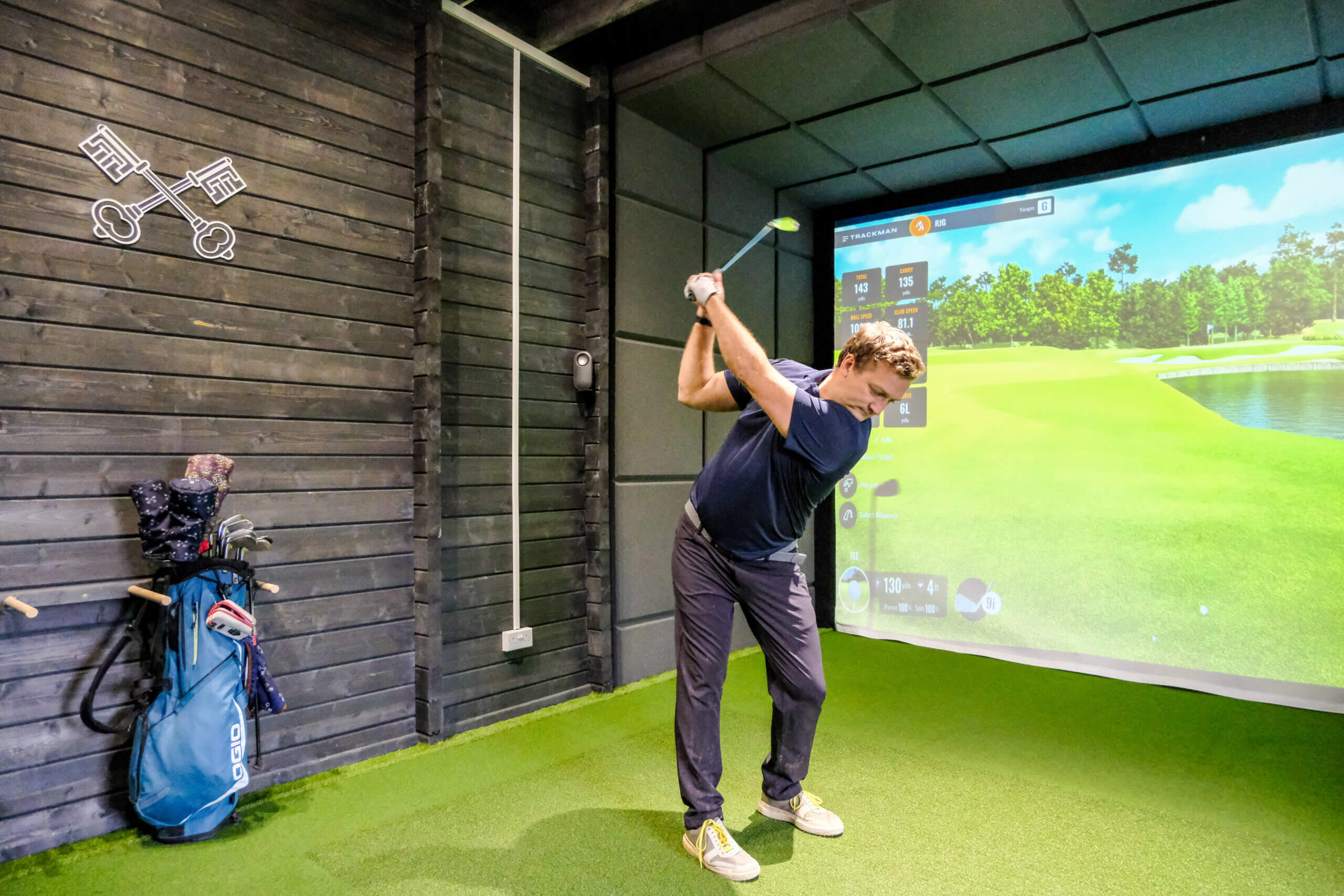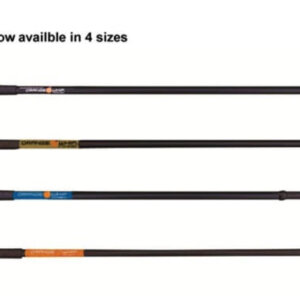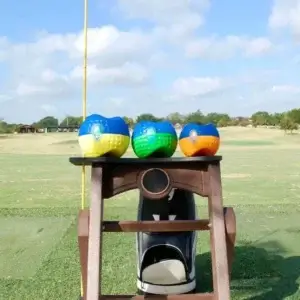
Essential Tips for First-Time Golfers
If you’re brand new to golf, firstly, welcome and congratulations! You’ve chosen to take up one of the most enjoyable and rewarding sports out there.
Golfing experts and enthusiasts will tell you that it can be equal parts frustrating and fulfilling. That much is true; once you start perfecting your swing and putting games, you’ll find yourself hooked and practising every chance you get.
The wonderful thing about golf is that no matter your age or athletic ability, it’s a game that can be learned and played for all ages. If you’re setting foot on a golfing green for the first time, it doesn’t matter whether that happens as a teenager, during adulthood or even in your later years. Golfing is simple in principle, and the art of playing golf rarely changes whatever your age or experience level. However, even if you’ve never practised golf before, don’t expect to play like a pro straight away – golfing doesn’t come naturally to everybody.
That said, with the proper guidance and mindset from the start, you’ll be able to establish a solid foundation for getting better each round.
To help you get off on the right foot, here are five essential tips for first-time golfers:
-
Buy the Right Golf Equipment
Having properly fitted golf clubs makes a world of difference for beginners. Standard men’s and women’s stock sets are great starting points, but getting custom-fitted is ideal down the line.
Factors like your height, arm length, swing speed and more should be measured by a professional golf club fitter. The proper length, shaft flex, grip size and more will be determined for your swing. However, as a starting point, buying a pack of golf clubs is recommended.
At Golf Swing Systems, we offer a range of professional golf simulation systems, accessories, and training aids to help you refine every nuance of your swings, putts, and game management. Consider the following to have in your repertoire when you first start golfing regularly:
- Golfing mats
- Cabretta gloves
- Grip trainers and aids
- A set of Grade A lake golf balls
- Practice balls and tees
- Chipping net
- Foot wedges
-
Follow What the Golfing Pros Do
While you can get away with teaching yourself other sports, golf requires mental training alongside some physical exertion. Investing in a few lessons from PGA-certified teaching pros is worth doing if you have the time and resources, but even finding a local instructor can give you all the essential fundamental tools to lay a solid foundation to build on for years.
Having access to a home golf simulator like the industry-leading models from Golf Swing Systems is, however, the best investment you can make to train and improve your golf skills.
Use video analysis and granular data tracking for more productive and efficient lessons, and tailor a practice regime to suit you. Many golf simulation systems have built-in training programmes that take influence from PGA pros while offering the comfort and convenience of training in your own home.
-
Master Some Golfing Basics
Speaking of fundamentals, focusing your early efforts on mastering the core basics is essential. Proper grip, stance, posture, and alignment might seem simple, but they provide the building blocks for an efficient, repeatable swing. Don’t overlook these key areas when starting golf for the first time.
Using training aids like nets, alignment tools, mirrors, and wedges can exponentially accelerate your learning. Regular exposure to training drills on posture, grip, and alignment will quickly make them become second nature. From then on, improving individual facets of your game will be easier without these as obstacles.
-
Train Smart, Not Hard
Logging hours on the driving range is great, but it’s the quality of your golf training that counts most. As a beginner, your limited time is better spent making every rep as impactful and purposeful as possible. Working on specific swing or putt drills with the right aids will be useful.
This type of focused exercise eliminates mindless wheel-spinning. With a home golf simulator from Golf Swing Systems, you can get true reps with immersive swing feedback and data tracking in any weather. Practising on a golf simulation system makes it easy to limit variables and improve certain skills without distraction.
-
Set Realistic Expectations
Primarily, new golfers need to have realistic expectations and a proper mindset. Many newbies or inexperienced golfers overestimate it; it’s quite an analytical and methodical game. Over time, it’s only natural to experience humbling moments and setbacks that derail momentum and progress and cause frustration.
The key is to embrace the challenge while celebrating incremental wins.
Tracking stats and progress can be extremely motivating. With Golf Swing Systems’ training aids and simulators, metrics like clubhead speed, ball speed, dispersion and more are captured automatically for every shot. You’ll be able to see tangible improvement areas over time to keep you inspired through the inevitable rough patches.
Hopefully, these tips provide some guidance for first-time golfers looking to start their journey on the right foot. Remember to make the most of your practice time with world-class training aids from Golf Swing Systems built to accelerate development at any level. Explore our wide range of innovative golf simulators and practice tools to help you discover the best of this enriching game.
Alternatively, please contact us for a free on-site survey for a custom-fitted golf studio with built-in coaching software and innovative swing technology.











